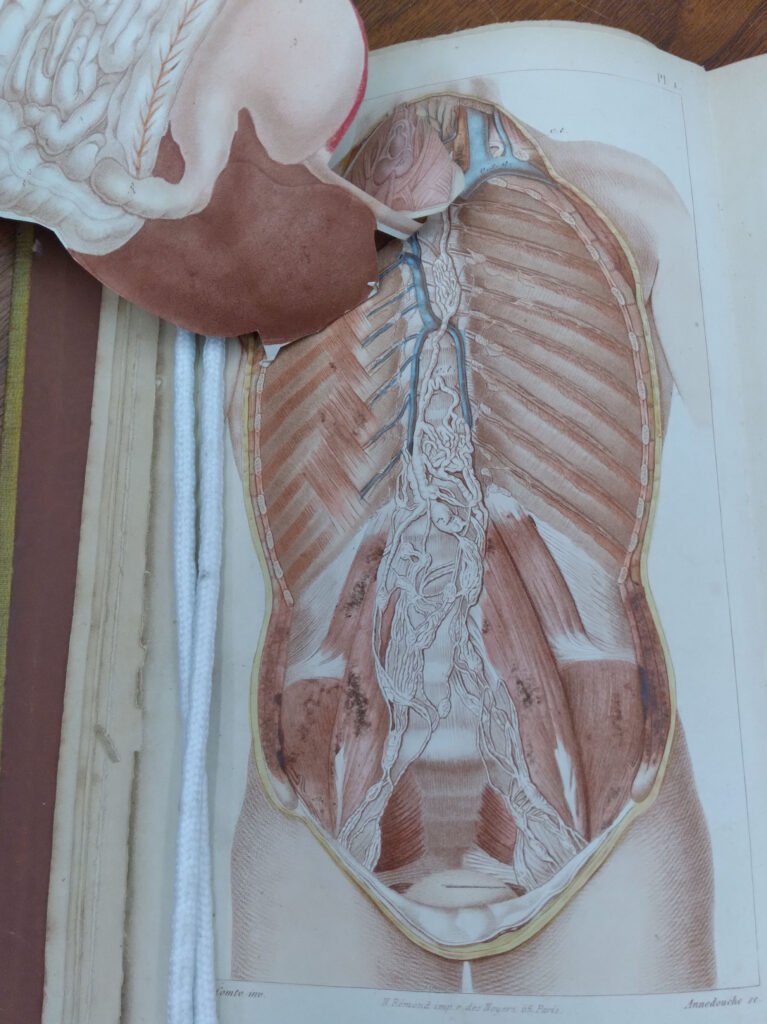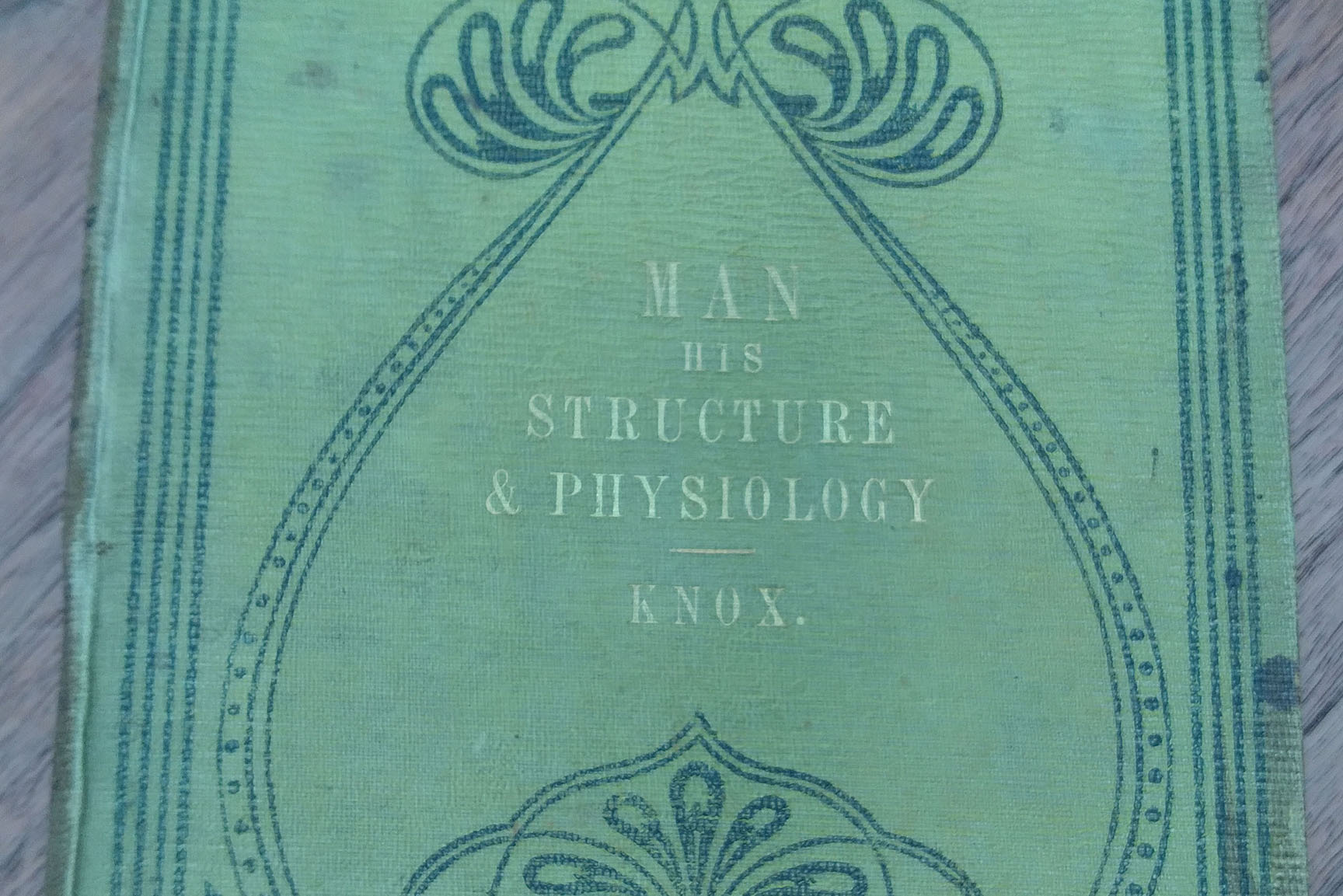The basic sciences of embryology, physiology, gross anatomy, histology and molecular genetics are foundational subjects in medical education, and well-executed medical illustrations are essential to successful instruction.
At the University of Nebraska College of Medicine during the 1920s-1980s, several basic science instructors left their mark on future physicians. One of those instructors, Edward A. Holyoke, MD, PhD, taught anatomy from 1932-1983.
For more about Dr. Holyoke and other UNMC early anatomists, visit this site.
Teaching anatomy is most effective with medical illustrations. The UNMC anatomy department was fortunate to have had the expert medical illustrator Rose Reynolds. She worked in the department, primarily for Dr. Holyoke, creating graphics for instruction and publication. Reynolds attended anatomy classes with students and dissected cadavers to hone her skills. She was nationally influential in the medical illustration community as an inaugural member of the Association of Medical Illustrators. She served as the corresponding secretary and as a member of the board of governors, the ethics committee, and the education and professional relations council.
To learn more about Rose Reynolds, see this site.
Medical illustrators and book publishers have used different mediums to display anatomy through the centuries. Flap anatomy books have been used since the 1500s to involve the viewer as an active participant in a “dissection.” In an era before X-rays and medical imaging, interior anatomy was a mystery. Flap anatomy books were a creative and interactive means to display the layers of anatomical features.

The McGoogan Health Sciences Library Special Collections and Archives acquired a new flap anatomy book, “Man: His Structure and Physiology; Popularly Explained and Demonstrated,” published in 1857 by Dr. Robert Knox. Knox was a Scottish anatomist in Edinburgh. He was a fellow of the Royal Society of Edinburgh, and he established an anatomy school.
He became involved in the infamous Burke and Hare murders in the 1820s. It was common at that time for people known as “resurrectionists” to dig up fresh graves and sell the bodies to anatomy schools desperate to provide instructional cadavers. Burke and Hare took a different route by murdering 16 individuals and selling them to Dr. Knox. The Scottish authorities did not try Dr. Knox, but the incident damaged his reputation. The Royal Society of Edinburgh forced him to resign, and he moved to London to finish his career. Flap anatomy books like Dr. Knox’s are rare because the moving pieces are fragile and often don’t hold up to use over the centuries.
To view Dr. Knox’s flap anatomy book, contact Erin Torell, rare book librarian.

Wow.